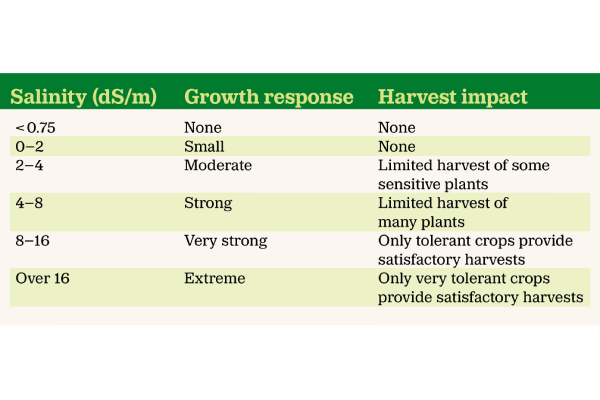
Lantmännen is an agricultural cooperative and Northern Europe’s leader in agriculture, machinery, bioenergy and food products.
Lantmännen is an agricultural cooperative and Northern Europe’s leader in agriculture, machinery, bioenergy and food products.
The Agriculture Sector constitutes Lantmännen's core business and offers products and services to promote strong, competitive farming.
The Food Sector develops, processes and markets products that include flour, breakfast foods, pasta, frozen and fresh bread, crispbread and ready-to-eat meals.
Lantmännen is an agricultural cooperative founded on the deep knowledge our farmers have aquired over generations. We make farming thrive and work together to take responsibility from field to fork.
From our core farming business, through the value chain, from field to fork, we are involved in every step from sowing to harvesting; to the food on our tables, feed for our livestock and climate –smart biofuels.
Owned by Swedish farmers, Sweden is our base with the Baltic Sea area as our expanded domestic market. We have a strong international presence, and no matter which country and location we operate in, we always take the same responsibility.
We pursue research and invest in innovation for tomorrow’s agriculture, bioenergy and foods of the future. Innovations are crucial if we are to resolve the challenges of today and tomorrow, which is why Lantmännen also has its own research foundation.
You´ll find the Lantmännen sprout on our packaging. The products may be different, but everyone can feel safe that we also minimise impact on climate and people. If you find the sprout on a packet, you can be sure what’s inside is Good Food from Lantmännen.
Excerpt from article in Cerealier no. 3, 2022
Researchers at the University of Gothenburg have in a 10-year project developed a wheat that can be grown in soils with higher salt levels. In some cases, the studied wheat had a higher grain weight and better growth than comparable varieties.
Arable land in places such as Asia and Australia has been seriously affected by climate change. Due to rising sea levels, coastal arable land (such as in Bangladesh) is frequently flooded, increasing the soil’s salinity. “Globally, around 2,000 hectares of arable land disappears every day,” says Johanna Lethin, from the Department of Biological and Environmental Sciences, University of Gothenburg, who was awarded her PhD on salt-tolerant wheat this spring.
Globally, around 2,000 hectares of arable land disappears every day.
The indigenous wheat in Bangladesh has some salt-tolerance, so a moderate increase does not usually lead to greatly reduced harvests. However, coastal flooding can increase soil salinity to a level where only salt-tolerant crops can grow. In other words, developing salt-tolerant wheat is important for the ability to feed a continually growing population. The researchers in Gothenburg developed around 2,000 wheat lines from a Bangladeshi variety that is moderately salt-tolerant, BARI Gom-25, aiming to create a population with point mutations. The original material was used as a control when the researchers investigated how good the new lines were.
From the 70 lines that germinated better than the control, half were chosen for continued studies in Australia, where there is a high level of expertise in this field. “The Australian trials were conducted in controlled conditions in a gigantic greenhouse. Thanks to this, various wheat lines could be compared without interference from wind, temperature, uneven soil salinity or monsoon rains, which can happen when field trials are conducted outdoors,” says Lethin. One factor the researchers looked at was the level of salt in the leaves, and yield was compared with the control after cultivation in saline soils in the same growing conditions.
One of the lines distinguished itself through better growth, higher grain weight and lower salt concentration in the leaves.
“Six lines were very interesting, but one of them distinguished itself through better growth, higher grain weight and a much lower salt concentration in the leaves,” she says. The researchers hope that the new salt-tolerant wheat can eventually be distributed to countries that have problems with saline soils, where problems are expected to increase due to climate change. In southern Sweden, like other places the world where rising sea levels is a growing problem, Lethin believes that a salt-tolerant wheat could be developed with adaptations to local conditions. “If our salt-tolerant wheat was crossed with a Swedish wheat, for example, a salt-tolerant wheat could be developed and grown in the south of Sweden.
Text: Åsa Eckerrot
Photo: Olof Olsson/University of Gothenburg and Lantmännen
